My Friend, My Enemy: Untangling Converged Infrastructure Relationships

Keeping The Customers In, The Competition Out
What’s the best way to hold tight to customers while kicking competitors out of their data center?
For IT’s top vendors, the answer is to bring together as many of the data center’s mission-critical resources as possible into an integrated solution which in theory leaves little room -- or little need -- for customers to look elsewhere.
That’s the premise behind the move toward converged infrastructures, at least in the early stages. But these vendors are not stopping here. They have some long-term goals that will completely change the face of the data center.
Continue on to find out who the key players are and what they are really up to.
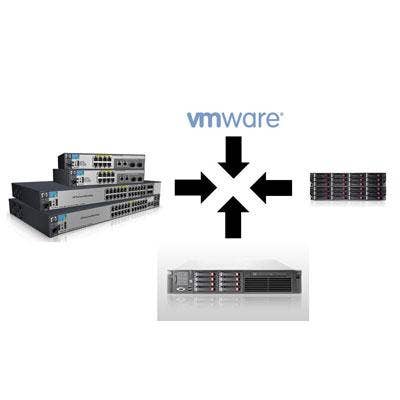
So What Is Converged Infrastructure?
Converged infrastructure is the tight integration of server, storage, networking, virtualization, and other resources tied together as part of a single-vendor data center solution.
Such a solution can be managed as a single system. Its resources can be dynamically allocated as needed, providing higher resource utilization and availability than possible with static infrastructures.
For customers, it’s the Holy Grail of IT: One Throat To Choke. By tying those resources and others into a single system, customers get simplified management and fewer vendors in their data centers.
Good news for the vendor that gets the purchase order. Bad news for the vendors that don’t. And bad news for the customers that make the wrong choice of vendor.

What's The Point? Think Customer Control
Large IT vendors are in a race to develop a converged infrastructure offering that is complete and easy both to sell and deploy before their competitors do the same.
Why? The vendor that gets the deal gains near complete control of the customer’s data center, including huge influence on future buying decisions and a steady lock on future orders.
And remember that such infrastructures are extremely ’sticky.’ Once a vendor gets its products and services inside the data center, nothing short of a disaster will get it out.

What's The Point? Think Cloud
What’s even better than getting customers to buy your server, storage, and networking products? Getting them to buy your services.
Customers are looking at how and when to adopt either private or public clouds, both for internal use and to meet the needs of their own clients. And they have a lot of choices, few of which have shown the level of maturity needed for business-critical operations.
A heavily virtualized converged infrastructure is a first step in getting ready for the cloud.
The choice of which vendor’s converged infrastructure gets cemented to a customer’s data center will determine how that customer gets to the cloud. And guess what? All these vendors will want to sell their own cloud offerings.
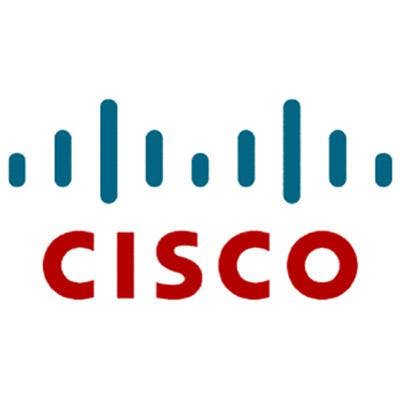
Major Players: Cisco
Cisco, probably more so than any other vendor, planted the seeds of converged infrastructures in customers’ minds with the introduction of its Unified Computing System, or UCS.
UCS combines Cisco’s market-leading networking technology with a new Cisco x86-based blade server line and with EMC’s storage, topped off by a VMware virtualization layer.
In the process of going it alone, Cisco destroyed years-long partnerships with companies such as Hewlett-Packard and IBM.
Cisco is leveraging its huge networking installed base and the fact that x86 servers are pretty much the same between vendors.
However, it does face intense competition from former partner turned arch-rival HP, which can deal with lower margins than Cisco has ever known.
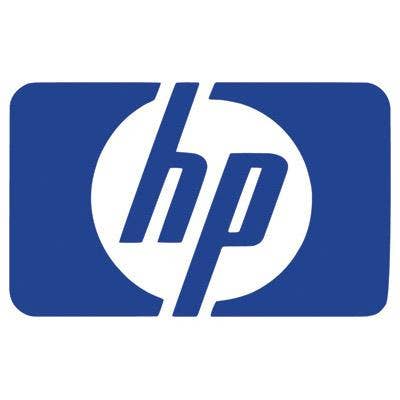
Major Players: HP
HP is a market leader in servers and storage, and in the last few years was making headway in the networking market with its ProCurve line even while working with Cisco as a close partner, a move which probably pushed Cisco to enter the server market.
HP has the advantage over other converged infrastructure vendors in that it has server, storage, and networking product lines. And HP is used to battling with competitors using low margins, lots of services, and a huge solution provider base.
However, HP’s networking offering still lags that of Cisco despite HP’s acquisition of networking vendor 3Com. Also, HP’s top virtualization partner, VMware, is working closely with Cisco, pushing HP to work closer with Microsoft.
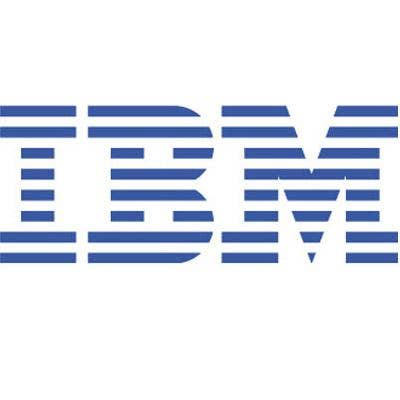
Major Players: IBM
IBM has built its converged infrastructure strategy, which it calls the dynamic infrastructure, on its market leadership in servers, storage, and services.
However, like HP, IBM depends on Cisco partner VMware as its primary virtualization technology supplier. And, unlike HP and Cisco, it depends on companies like Brocade and QLogic to give it networking muscle.
IBM’s biggest advantages are its services, both professional and financial, along with a base of loyal solution providers with access to those services.
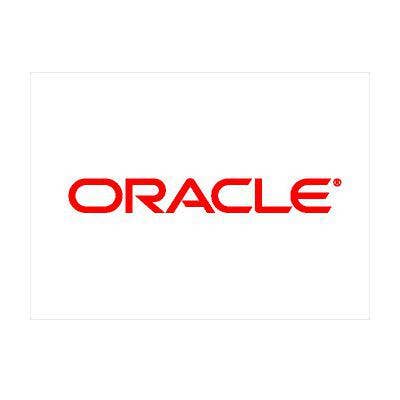
Major Players: Oracle
Oracle’s $4.7 billion acquisition of Sun Microsystems gave it solid server and storage lines, along with important operating system and virtualization technology.
Oracle, however, is unique among converged infrastructure vendors because of its industry-leading line of middleware.
The company is tying its traditional software prowess with its new hardware business into a single integrated offering.
It’s a risky strategy with a huge potential payoff. If customers like the complete Oacle hardware-software stack, that will lock out other converged infrastructure providers. But if they find a suitable alternative to Oracle’s software, the vendor could find itself locked out of the data center.
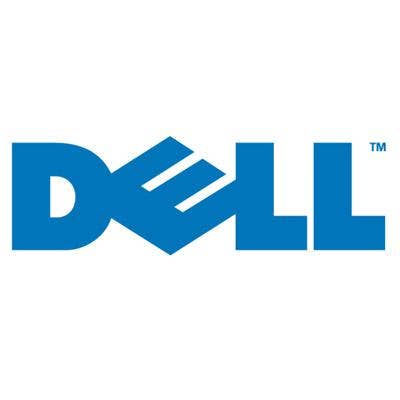
Minor Players: Dell
Dell’s traditional strength has been its server and desktop hardware, and it has a solid storage offering via its EMC partnership and its 2008 acquisition of leading iSCSI vendor EqualLogic.
Dell also has a top-notch services arm thanks to its December acquisition of Perot Systems, and partners with companies like Brocade and QLogic for networking technology.
Dell recently unveiled its converged infrastructure strategy.
However, Dell is still tied to its traditional hardware business. It is a relative networking newbie, and plays a minor role in the software market.
Without a further development of its converged infrastructure strategy, Dell could be the system vendor with the most to lose as customers start choosing single vendors for their data centers.
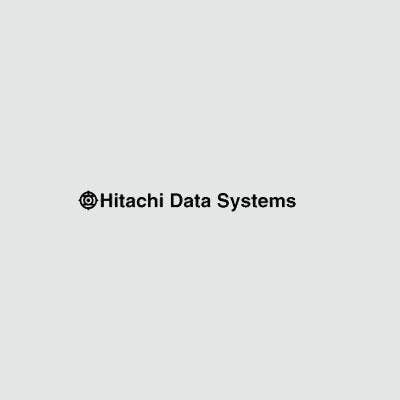
Minor Players: HDS
Hitachi Data Systems in April finally unveiled its own converged infrastructure strategy, based on its virtualized storage array family, its line of blade servers, and a relationship with an as-yet-unnamed networking vendor.
Yet while HDS’s storage line has been well-received by the market, there are clouds on the company’s converged infrastructure strategy.
Its storage business has done well on its own and via an OEM relationship with HP for enterprise-clase arrays, but that could change if HP decides to focus on building converged infrastructures based on its own midrange storage products.
Furthermore, HDS’s blade server business, while a market leader in Japan, has yet to gain much traction outside that country.
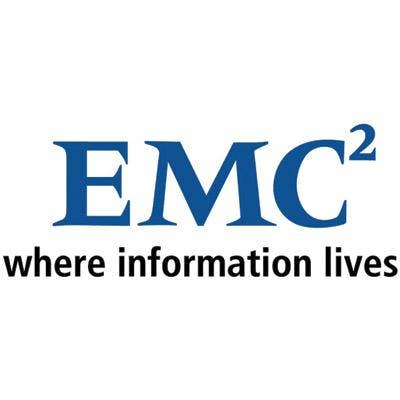
Kingmakers And Heartbreakers: EMC
EMC, Cisco’s primary storage partner, gave Cisco the ability to closely knit storage to its own industry-leading networking technology and its nascent blade server offering.
EMC also brought VMware, a company in which it holds a 90-plus-percent stake, to be the virtualization layer on top of the Cisco UCS offering.
However, despite the close relationship between EMC and Cisco, they are not adverse to showing that their relationships are not exclusive.
Cisco in January unveiled a strategic relationship with storage vendor NetApp, which is both an EMC storage arch-rival and a VMware strategic partner.
EMC wasted little time in doing what looks like a retaliatory move. In May, it signed an IP networking partnership with Cisco arch-rival Brocade.
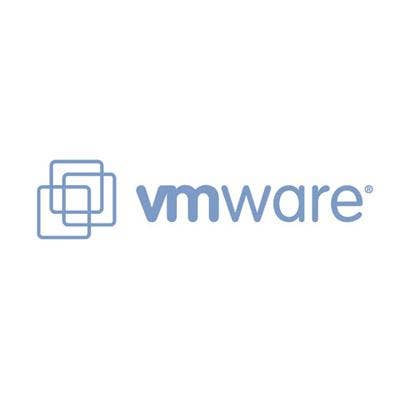
Kingmakers And Heartbreakers: VMware
VMware is a key partner to Cisco’s converged infrastructure strategy because of its vSphere 4 virtualization technology, which Cisco uses to help deploy and manage virtual environments.
However, VMware is performing a tough balancing act with Cisco.
Cisco for VMware is a very tiny customer. Instead, VMware’s top reseller partner by far is Cisco arch-rival HP. Other top partners on which VMware depends for its market-leading virtualization business include IBM and Dell.
HP in January made moves to keep VMware in-line and independent via a new virtualization strategic alliance with Microsoft, whose Hyper-V virtualization technology competes with VMware’s vSphere.
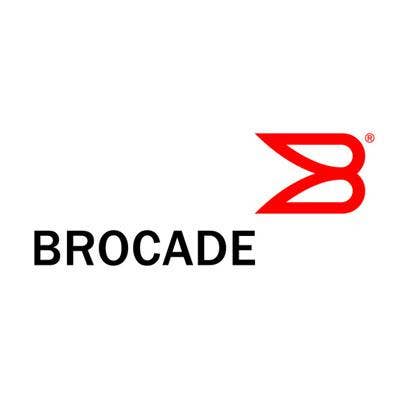
Kingmakers And Heartbreakers: Brocade
Brocade has taken on the role of converged infrastructure kingmaker by being the only vendor to pose a serious networking threat to Cisco.
Brocade, the largest storage networking vendor, became a significant force in IP networking with its $2.6 billion acquisition of Foundry Networks in late 2008.
With Cisco and HP both having their own networking technology, that leaves Brocade the primary networking partner for other top players in the converged infrastructure market including IBM, Dell, and HDS.
That also makes Brocade an often-rumored acquisition target. An acquisition of Brocade could mean a major scramble by some of its top partners for an alternative.
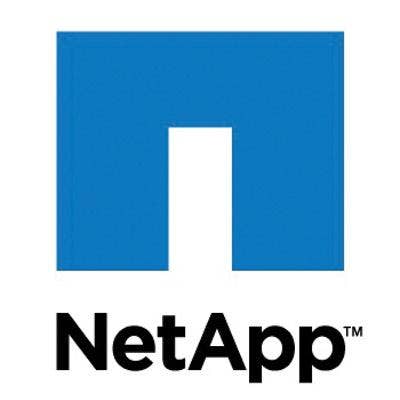
Back Pocket Buddies: NetApp
NetApp, as the third-largest independent storage vendor, plays in the converged infrastructure market in a couple of ways.
Because of its new Cisco UCS partner status, NetApp is viewed by many as Cisco’s way of keeping its primary storage partner EMC honest. It is also a way for Cisco to say that its converged infrastructure strategy is open to multiple storage partners despite that EMC relationship.
NetApp is also a top storage partner of IBM via an OEM agreement between the two under which IBM can resell almost all of NetApp’s product line.
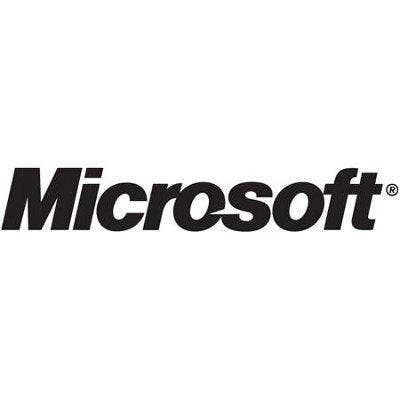
Back Pocket Buddies: Microsoft
Microsoft was late to the virtualization business with its Hyper-V technology, and has been playing catch-up with market leader VMware.
Microsoft is the converged infrastructure counterweight to VMware, which has traditionally had strong reseller agreements with Cisco’s server rivals including HP, IBM, and Dell.
HP, VMware’s largest reseller partner, has already shown that it will use Microsoft as a way to keep VMware from growing too close to Cisco, and there is no reason to think IBM or Dell would not do the same.
Microsoft itself, however, has to be careful, as it also has a close relationship with EMC on the storage side and probably anticipates working closely with Cisco on that company’s server strategy.

What's Next?
With converged infrastructure paving the way for cloud computing and an entirely new way of building the future data center, the above-described web of entangling alliances and ’frienemy’ relationships is bound to make for a colorful next couple of years.
Some possibilities to watch for:
* More mergers and acquisitions: Brocade and NetApp come to mind as potential targets, but there are a host of smaller companies which could help larger vendors fill out their converged infrastructure strategy.
* Price wars: There's nothing like dropping prices as a way to get customers to consider alternatives to their current suppliers.
* Inertia: Customers HATE to change their primary IT vendors, regardless of price, forcing vendors to work hard for their converged infrastructure business.
No matter what happens, the data center will be an exciting market for years to come.